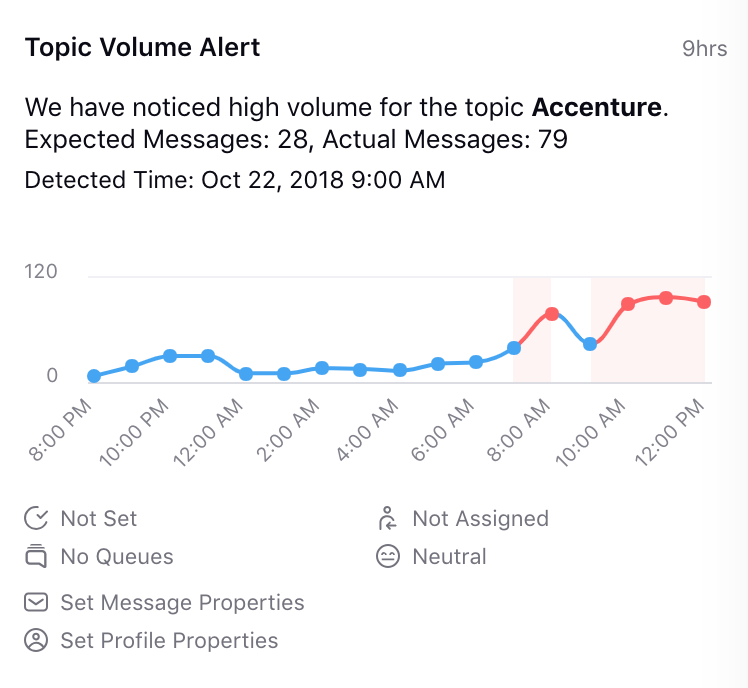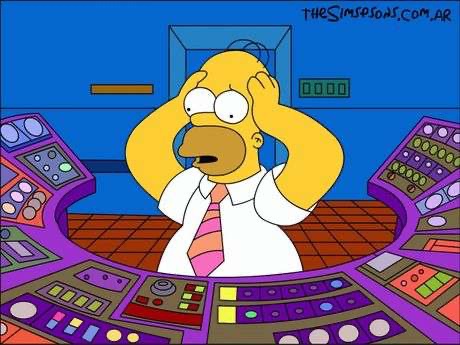I’ve set up thousands of alerts over my career as a journalist, entrepreneur, and now marketer. SMS alerts about every new blog post on a long list of company blogs were how I beat everyone to the punch almost 15 years ago and became the first writer hired at TechCrunch. Today I monitor for AI-benchmarked anomalous numbers of mentions in a short period of time of a long list of companies related to the firm I work for, Sprinklr.

(Above: the first Sprinklr Smart Alert hit I ever got was a good one. I took action on it; I amplified some good news and congratulated a business partner on an innovation of theirs I would have missed without this alert.)
I believe Alerts of various types are going to grow all the more important in the coming years – and I think we should talk about our expectations for them.
A lot of people get frustrated when they get a non-actionable alert. That’s the price of a good alert, I believe. Any good alert system will weed out 99.9% of potential events, send the .1% of events it thinks you may want to take action on. But you may only find that 50%, 30%, 10% or less are in fact actionable. Depending on how you’ve trained the system. Any way you do it, there’s more work to be done.
An Alert never tells a whole story, it only suggests where there me be a story to find. I love some alerts that are “false alarms” (non-actionable) the vast majority of times they sound. Because I’m willing to sift through noise to find quiet signals.
Furthermore, alerts are great for delivering news of an anomaly and maybe a little context – but the whole story is going to require manual skilled discovery of context, testing of a thesis, and will require decisions to be made.
That’s because almost no full set of circumstances for everything that could be actionable can be described by mortal humans ahead of time. Any Alert that doesn’t surface Unknown Unknowns is something else, something very narrow.
Below: this is not how or where I work.
